- Home
- Military & Defense
- These are the 11 most game-changing aircraft of the 21st century
These are the 11 most game-changing aircraft of the 21st century
F-35 Lightning II

F-22 Raptor
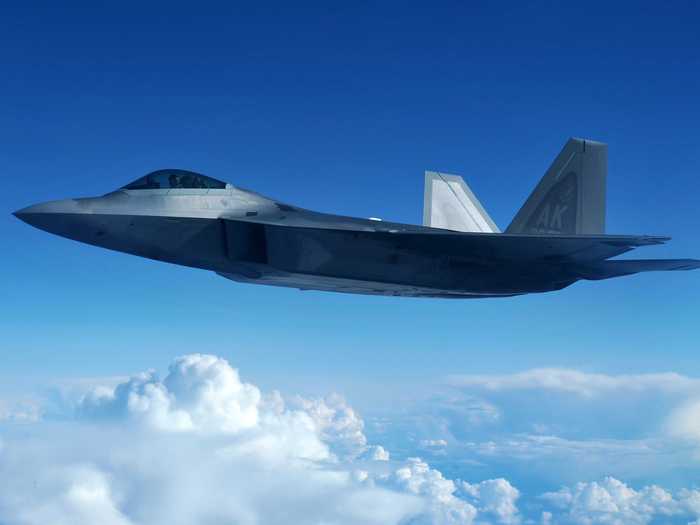
The predecessor to Lockheed Martin's F-35 Lightning II is the single-seat, twin-engine F-22 Raptor, currently the most advanced combat-ready jet on earth.
The US is the only country in the world that flies the F-22s thanks to a federal law that prohibits the jet from being exported. Lockheed Martin built 195 F-22s before the last one was delivered to the US Air Force in May 2012.
Despite the program's cost and the jet's advanced features, it saw combat for the first time relatively recently, during the opening phase of the bombing campaign against the Islamic State in late 2014.
T-50
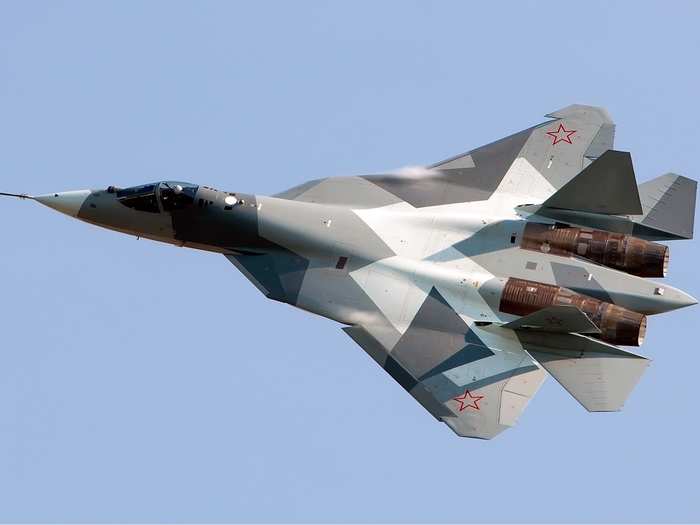
Russia's Su-50, also known under the prototype name of the T-50 PAK-FA, is the Kremlin's fifth-generation fighter and Russia's response to the F-35.
Though still in prototype, Moscow thinks the Su-50 will ultimately be able to outperform the F-35 on key metrics including speed and maneuverability. The stealth capabilities of the Su-50, however, are believed to be below those of the F-22 and the F-35.
The Kremlin plans to introduce the Su-50 into service by 2016. Once the plane is combat-ready, it will serve as a base model for the construction of further variants intended for export. India is already co-designing an Su-50 variant with Russia, and Iran and South Korea are possible candidates to buy future models of the plane.
Chengdu J-20
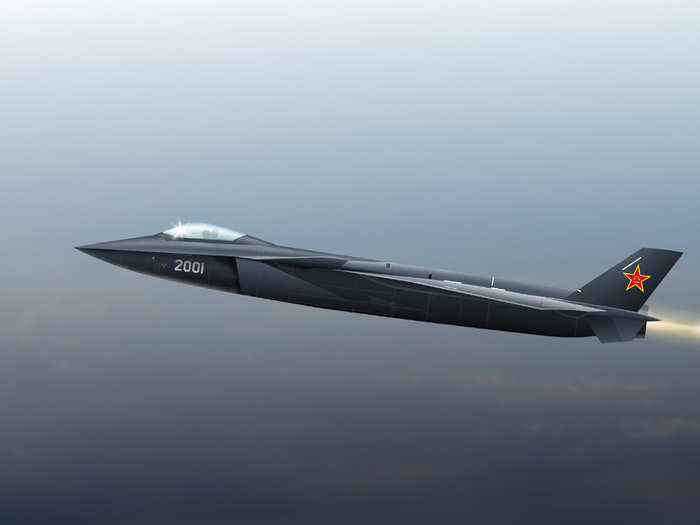
The Chengdu J-20, which is currently in development, is China's second fifth-generation fighter and a potential strategic game changer in East Asia.
The J-20 bears striking resemblance to the F-35 because of Chinese reverse engineering and extensive theft of F-35-related data. Once completed, the J-20 will possess stealth capability along with the range needed to reach targets within Japan, the Philippines, and Vietnam after taking off from mainland China.
As of January 2015, Beijing had developed six functional prototypes of the aircraft, with new prototypes being released at an increasingly quick pace. Production of the aircraft reportedly began in late 2015, and the final iteration of the aircraft is expected to be released and combat-ready sometime around 2018.
Eurofighter Typhoon
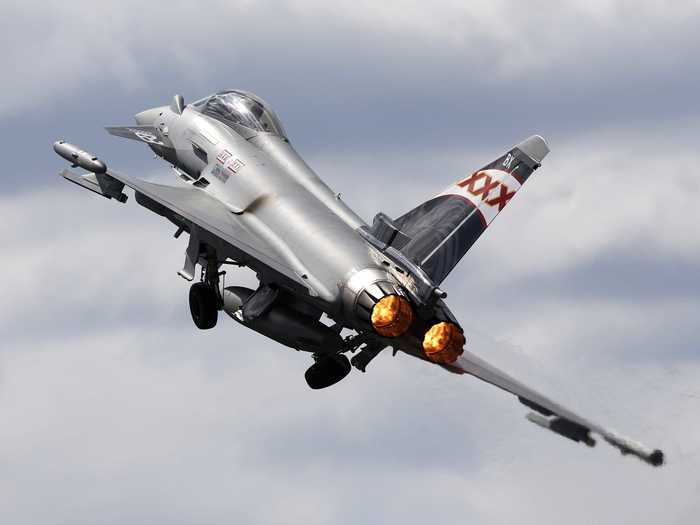
The Eurofighter Typhoon is a twin-engine multirole fighter that was originally developed to be the Europe and NATO's primary warplane.
The fighter jet is Europe's largest military program and was started by Germany, Spain, Italy, and the UK.
In 2011 the Eurofighter was deployed to its first combat mission, to enforce a no-fly zone over Libya during the NATO bombing campaign in the country. There are 402 Eurofighter jets designed for the Austrian, Italian, German, Spanish, UK, Omani, and Saudi Air Forces.
The Eurofighter has been called Europe's version of America's most expensive weapons system, the F-35 Lightning II.
MH-X Silent Hawk
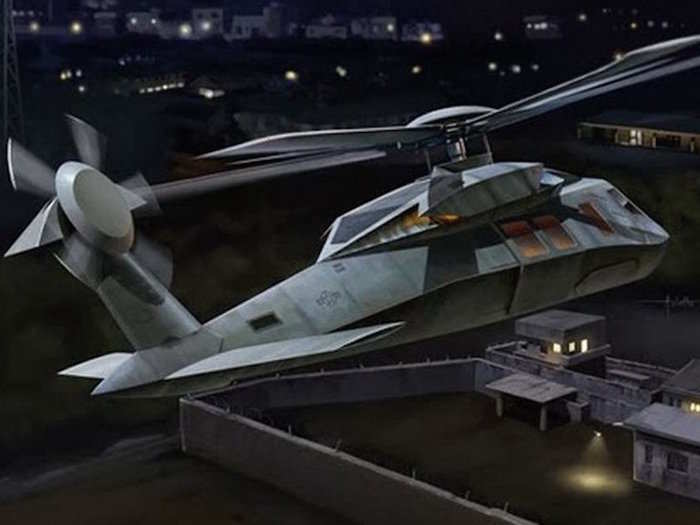
The military's secret MH-X Silent Hawk program was publicly disclosed only after one of the helicopters crashed during the US Navy SEAL raid that killed Osama bin Laden in Abbottabad, Pakistan, on May 1, 2011.
It is unclear when the US Army Operations Security's top-secret helicopter program began and how many of these stealthy aircraft are in service.
While the Silent Hawk appears to be a highly modified version of the widely known UH-60 Black Hawk, there are few unclassified details out there about this secret helicopter.
X-47B
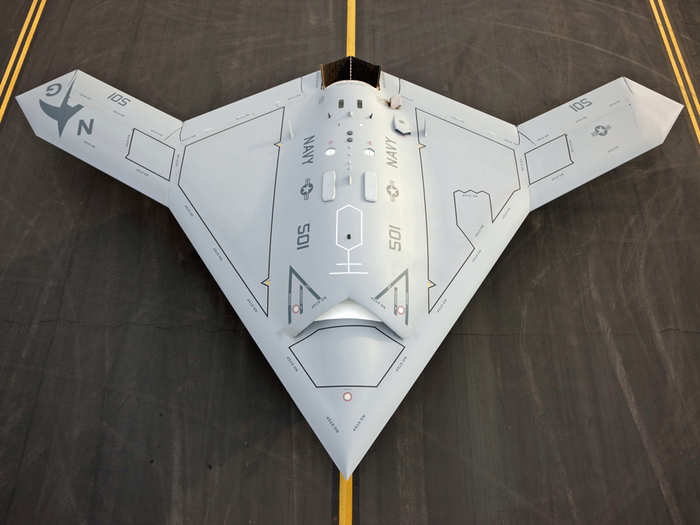
The Navy's X-47B is a strike-fighter-size unmanned aircraft with the potential to change aerial warfare.
Northrop Grumman's drone is capable of aerial refueling, 360-degree rolls, and offensive weapons deployment. It carried out the first autonomous aerial refueling in aviation history and has taken off from and landed on an aircraft carrier.
It cruises at half the speed of sound and has a wingspan of 62 feet — as well as a range of at least 2,400 miles, more than twice that of the Reaper drone.
Stratolaunch
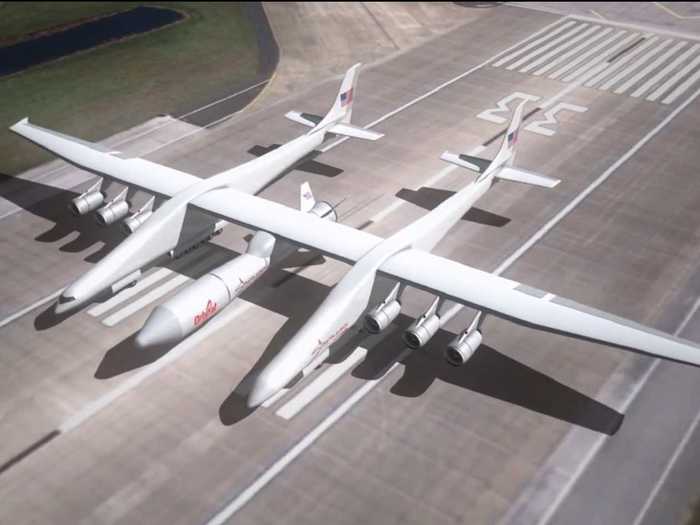
The Stratolaunch will be one of the most astounding planes ever built.
Now in construction, the plane will serve as a midair launch platform for vehicles that is capable of carrying satellites into orbit. The aircraft, whose 117-foot wingspan will be the largest of any plane ever built, will fly to an altitude of 30,000 feet and then angle upward before blasting its payload into space.
The plane would be a relatively cheap and reusable launch vehicle for satellites and has the potential to revolutionize how hardware and possibly even human beings can access orbital space. It could fly as early as 2016, although the project has faced some setbacks over the past year.
Here's a video of how it'll all work:
X-37B
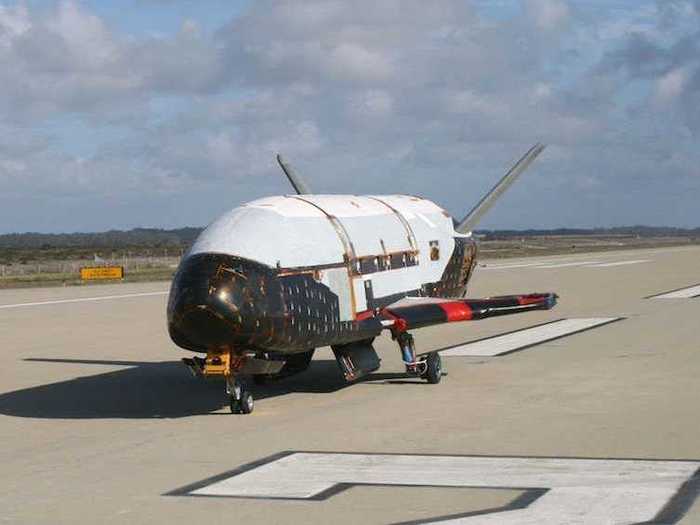
The Air Force's secretive space drone returned from a two-year mission in October of 2014. It wasn't clear exactly what the X-37B was doing up there, but it was relaunched on May 20, 2015 for another extended stint in orbit.
With the X-37B, the Air Force essentially has a reusable satellite that it can control and call back to earth. The ability to re-equip an orbital platform for specific mission types gives the US military unprecedented flexibility in how it can use outer space — and its long periods in orbit and reusability are also just impressive engineering feats.
Nano Hummingbird

These tiny Darpa-developed surveillance drones could become future military staples. Small enough to evade enemy detection or fire, the Nano Hummingbird can fit in the palm of your hand and relay images and intelligence from the air.
Most surveillance drones, such as the RQ-4 Global Hawk, are large aircraft that fly at altitudes of 60,000 feet. Drones such as the Nano Hummingbird, which is light, stealthy, and easy to launch, could be a routine part of a future soldier's inventory.
Watch it in action here:
Iran's drones
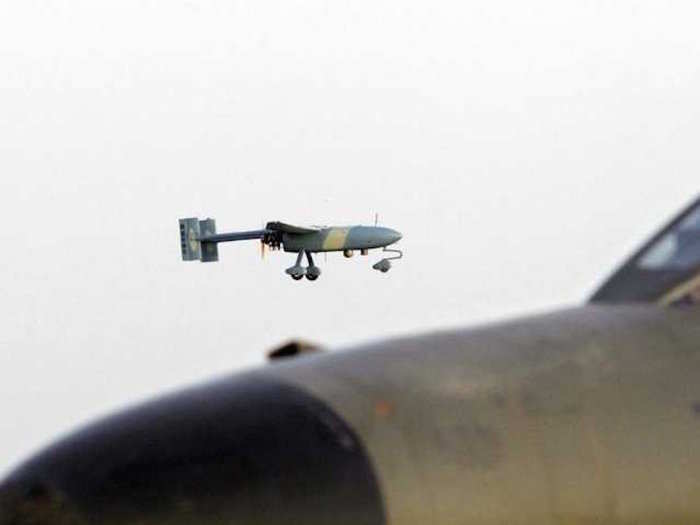
Iran has been under sanctions and a Western arms embargo for much of the past 30 years, something that has denied Tehran the chance to obtain high-quality European or American arms. But it has forced Iran to build its own domestic capabilities, and in 2013 Iran debuted an armed drone eerily similar to the US' Reaper, called the Fotros.
It's unclear whether the Fotros is battle-ready, but Iran and Hezbollah, Tehran's proxy militia in Lebanon — along with the Sudanese military — already fly Iran's Ababil-3 surveillance drone.
Iran's drones aren't game changers because of their high quality but because of what they represent: Even countries chafing under international sanctions can develop their own drone technology with enough patience and technological expertise. The Fotros and Ababil-3 suggest that an era of widespread drone proliferation is just around the corner.
Popular Right Now
Popular Keywords
Advertisement